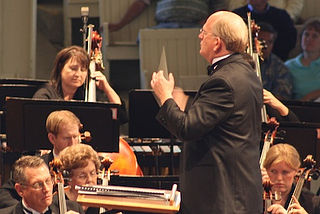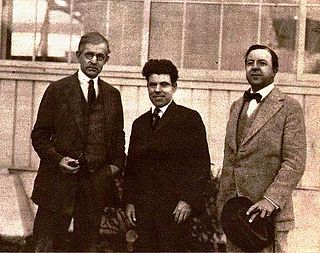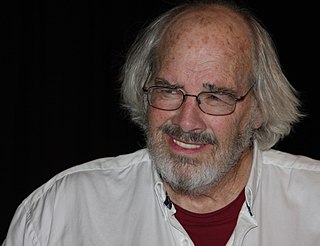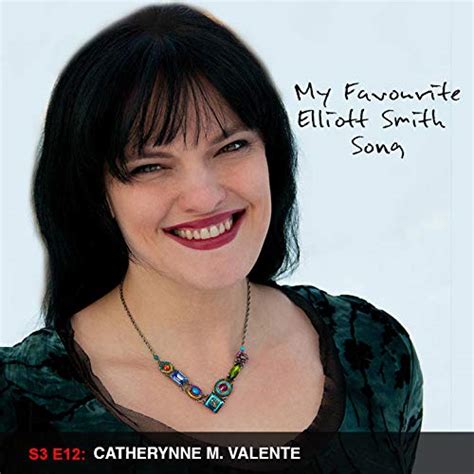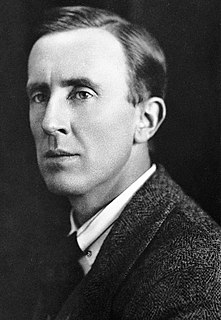A Quote by Suzanne Collins
Birds are settling down for the night, singing lullabies to their young.
Related Quotes
The imaginative young vagabond quickly loses the social instincts that help to make life bearable for other men. Always he hears voices calling in the night from far-away places where blue waters lap strange shores. He hears birds singing and crickets chirping a luring roundelay. He sees the moon, yellow ghost of a dead planet, haunting the earth.
Night was falling. Birds were singing. Birds were, it occurred to me to say, enacting a frantic celebration of day's end. They were manifesting as the earth's bright-colored nerve endings, the sun's descent urging them into activity, filling them individually with life nectar, the life nectar then being passed into the world, out of each beak, in the form of that bird's distinctive song, which was, in turn, an accident of beak shape, throat shape, breast configuration, brain chemistry: some birds blessed in voice, others cursed; some squeaking, others rapturous.
If they embark on this course the difference between the old and the new education will be an important one. Where the old initiated, the new merely 'conditions'. The old dealt with its pupils as grown birds deal with young birds when they teach them to fly; the new deals with them more as the poultry-keeper deals with young birds- making them thus or thus for purposes of which the birds know nothing. In a word, the old was a kind of propagation-men transmitting manhood to men; the new is merely propaganda.



